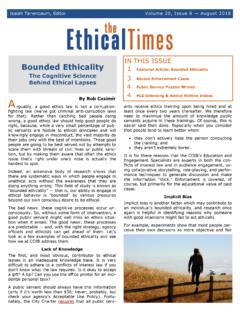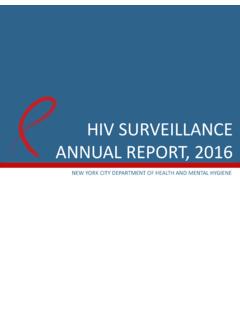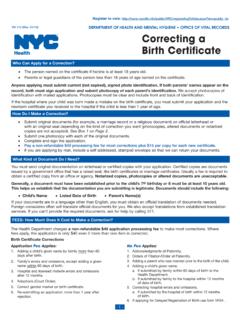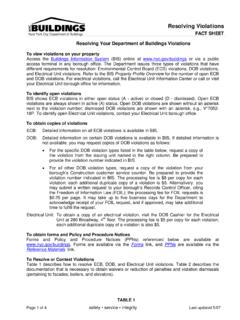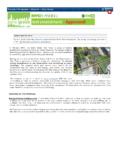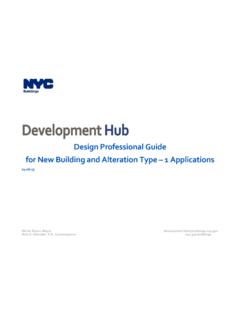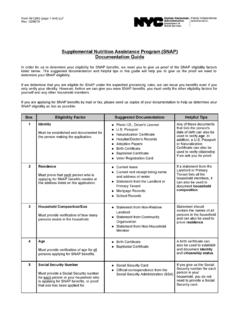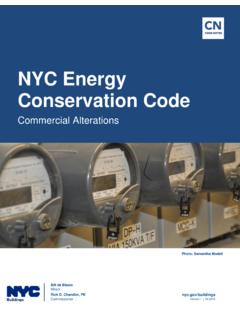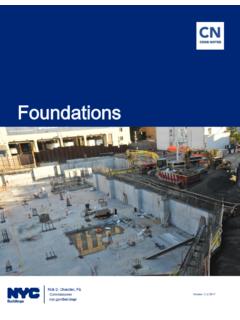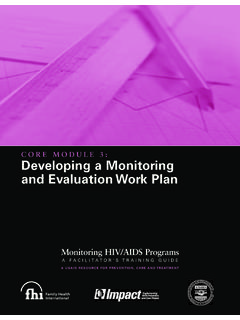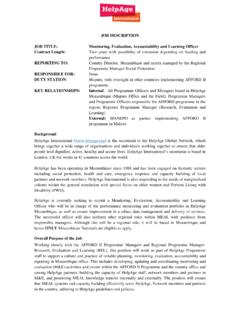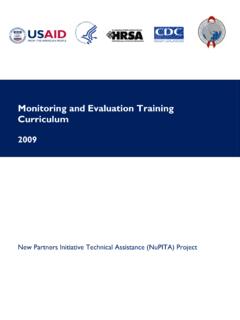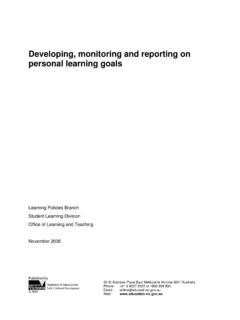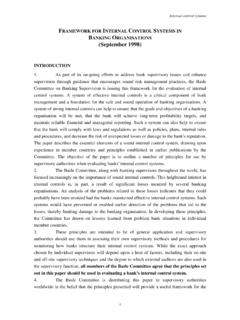Transcription of REDUCED OXYGEN PACKAGING HACCP PLAN …
1 REDUCED OXYGEN PACKAGING HACCP PLAN REQUIREMENTS AND GUIDELINES FOR developing A PLAN INTRODUCTION The Hazard Analysis Critical Control Point ( HACCP ) plan required by the Department of Health and Mental Hygiene (DOHMH) for REDUCED OXYGEN PACKAGING (ROP) is a prevention-based food safety system, based on the plan in the 2009 US FDA Food Code. It identifies and tracks the processes food products undergo as they pass from the supplier to the table. HACCP treats receiving, storage, preparation, cooking, cooling, holding and service of food as a continuous system or flow. It is designed to assist in identifying and monitoring Critical Control Points (CCPs) in the process flow.
2 Each step in the process flow is broken down into logical component and is evaluated by principles of risk. Hazard as used in this document is limited to food safety. HACCP is a management system that helps to assure food safety through the analysis and control of possible biological, chemical, and physical hazards that may contaminate food. It is based on the premise that if each step of the process is carried out correctly, the end product will be safe food. A CCP is a point, step, or procedure in a food process at which control can be applied and, as a result, a food safety hazard can be prevented, eliminated, or REDUCED to acceptable levels.
3 For the successful implementation of any HACCP plan, management of a food operation must be strongly committed to the HACCP concept. The implementation of a HACCP plan is most effective when a team approach is used to design and implement a comprehensive plan based on the HACCP principles. A complete team may include, but not be limited to, the owner, managers, chefs, cooks, dishwashers, wait staff, and other staff who are actively involved in any aspect of food preparation within a food service establishment (FSE), from receipt of food products at the back door to serving of food in the front of the house.
4 Whenever a HACCP plan is required by the DOHMH it must be approved by DOHMH, determined to be scientifically and technically sound, to identify all hazards and, if properly implemented, will effectively control such hazards. Prior to approval, DOHMH may require additional information that will enable it to determine that food safety is not compromised by any step in the HACCP proposal. All FSEs using ROP must develop a HACCP plan and maintain the plan at the food establishment for review by the DOHMH inspectors. HACCP plans for ROP must include: A flow diagram for each specific food or food category identifying CCPs.
5 A flow diagram is a simple schematic picture of the exact process you use in your establishment to produce the food product. A complete description of the preparation, PACKAGING , and storage procedures designated as critical control points, with attendant critical limits, corrective action plans, monitoring, verification schemes and records required; A list of equipment and food-contact PACKAGING supplies used, including compliance standards required by the regulatory authority. A listing and proportion of food-grade gases used; and ROP HACCP Plan GuidelinesPage2of16rev.
6 Standard operating proceduresfor cleaning and sanitizing food-contact surfaces in thedesignated food preparation area including:oThe method and frequency formonitoring each critical control point by a food workerdesignated by the person-in-charge (PIC)oThe method and frequencyfor the PIC of food operationsto routinely verify that foodworkers are following standard operating procedures and monitoring the CCPs,oThe corrective action tobe taken by the PIC if the critical limits for each CCP are not met. Records/logs that will be maintained by the PIC to demonstrate that the HACCP plan (SOP)This is a detailed set of instructions, steps or procedures that control the operational conditions within anFSEallowing for environmental conditions favorable to the preparation of safe describe a setof objectives associated with sanitary handling of food and the cleanlinessof the food service can help control bacterial hazards by specifying procedures to.
7 Avoid product cross-contamination by proper product flow and limiting food worker s tasks andmovement Locate hand washing and sanitizing stations nearthe food preparation area to facilitate properhand washing Ensure appropriate equipment maintenance and cleaning/sanitizing proceduresWhen SOPs are in place,aHACCP plancan be more effective because it can concentrate on the hazardsassociated withthe food or preparation and not on the food environment or maintenance of that are valuable in supporting the HACCP systemaddress: Personal hygiene Maintenance plans Pest control Equipment and operation design Food worker training Product identificationSanitation SOPs cover daily pre-operational sanitation procedures that theFSE mustimplement to preventdirect product contamination or adulteration.
8 It is a prerequisiteto OXYGEN PACKAGINGROP HACCP Plan GuidelinesPage3of16rev. REDUCED OXYGEN PACKAGING (ROP),results in a REDUCED OXYGEN level in the sealed food airwe breathe has approximately 21% OXYGEN hence any PACKAGING option that results in less than 21% OXYGEN is classified as , by reducing the OXYGEN normally found in the package, and theconsequent reduction in normal food spoilage bacteria, an environment could be created conducive to thegrowth of more dangerous pathogenic food microorganisms such asClostridium processessuch asCook-chill, Controlled Atmosphere (CA)andModified Atmosphere PACKAGING (MAP)
9 , Sous Videprocessingand offers unique advantages and opportunitiessuch as extended shelf-life and improved quality retention to the food industry,but also raises manymicrobiological the safest possible food product to the consumer is the ultimateresponsibility of each of REDUCED OXYGEN PACKAGING (ROP), with some foods, provides the potential for growth of severalimportant pathogens such as Clostridium Botulinum, thereby increasing safety the causative agent of botulism, a severe food poisoning characterized by double vision,paralysis, and occasionally anaerobic environment, usually created by ROP, prevents thegrowth of aerobic spoilage aerobic organisms are responsible for off-odors, slime, andtexture changes, which are signs of inhibition of these spoilage organisms is significantbecause, without them.
10 Tell-tale signs signaling that the product is no longer fit for consumption will potentially hazardousfoods(temperature controlled for safety)are protected inherently,simply placing them in ROP without regard to microbial growth will increase the risk of food-borne the development of a HACCP plan, five preliminary tasks need to be accomplished before the applicationof the HACCP principles to a specificproduct and process. These are:Assemble the HACCP TeamPRINCIPLE1:CONDUCTAHAZARDANALYSISAND IDENTIFYTHEHAZARDSD escribe the FoodDescribe the Intended Use and Consumers of the FoodDevelop a Flow Diagram Which Describes the ProcessVerify the Flow DiagramROP HACCP Plan GuidelinesPage4of16rev.
